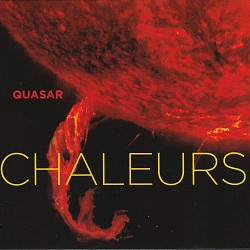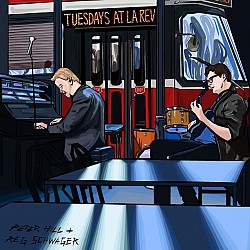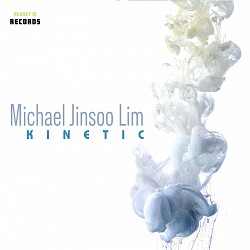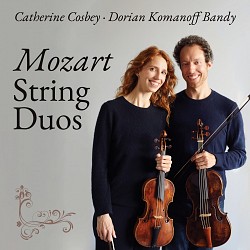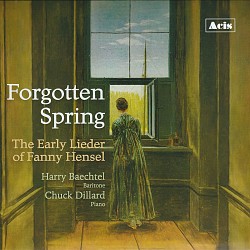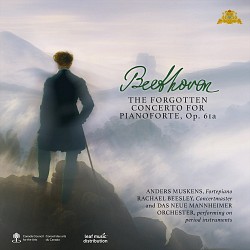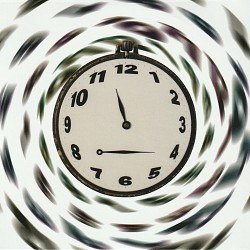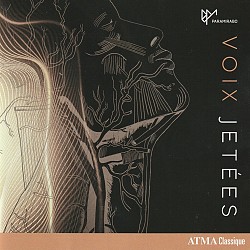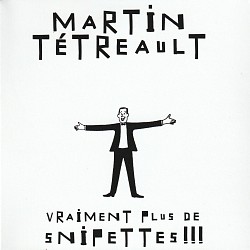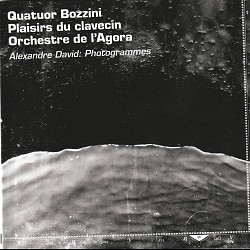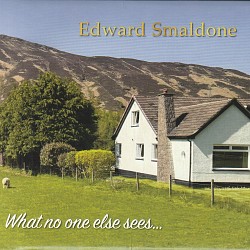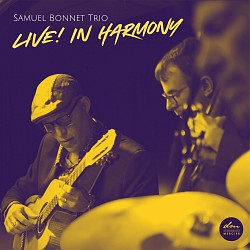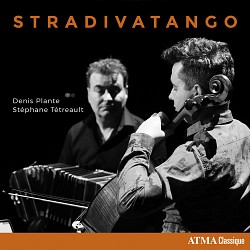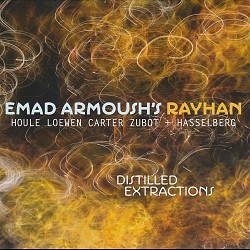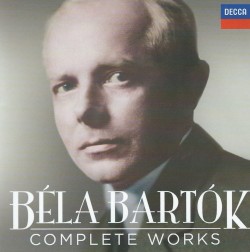Review
Bartók’s early works for orchestra belong to the late Romantic era as heard in the two Suites for Orchestra (Op.3 & 4) in which the composer introduced a tangy Hungarian flavour for his Viennese audiences. An even earlier work, Kossuth, Op.1, was written in the shadow of another Hungarian. Kossuth, a red-blooded late-Romantic orchestral tone poem, is just the sort of conservative composition that we do not associate with Bartók the innovator. It is a frankly Lisztian tone poem in a lush romantic sense that Bartók was to put behind him as he forged his dissonant new style. One of the many strengths of Béla Bartók Complete Works (Decca 4789311, 32 CDs plus booklets) is finally having all his early works in stunning performances. For the first time we can handily trace Bartók’s development through the tonal phases of his compositions that were long suppressed by music critics and pundits alike who had sought to support the modernist agenda throughout the 20th century. Bartók never ever considered embracing the Second Viennese School, nevertheless his music became ever more difficult after his exhaustive ethno-musicological absorption, through which he embraced an evolving dissonant style that enabled him to completely sidestep the 12-tone idiom. His late masterpiece, the Concerto for Orchestra is the prime example, heard in this collection by the Budapest Festival Orchestra conducted by Iván Fischer who are also responsible for a brilliant performance of Kossuth.
Other conductors on the ten orchestral and stage works discs and elsewhere are György Lehel, Antal Doráti, Pierre Boulez, Georg Solti, Christoph von Dohnányi, Essa-Pekka Salonen, David Zinman and István Kertész. Six CDs contain the complete chamber works including the six string quartets played by the Takács Quartet. Four CDs hold the complete vocal and choral music, while the nine discs of piano works are dominated by Zoltán Kocsis who also joins mezzo Martá Lukin in the Mikrokosmos. Finally, three CDs of celebrated performances from an earlier time include the three piano concertos with Géza Anda conducted by Ferenc Fricsay; 28 tracks of piano music played by Andor Foldes, Julius Katchen, Stephen Kovacevich and Sviatoslav Richter; and the Violin Concerto No.2 played by Zoltán Székely with Mengelberg and the Concertgebouw Orchestra, Music for Strings, Percussion and Celesta conducted by Fricsay and the suite from The Miraculous Mandarin under Dorati. All three are very listenable with allowances made for the 1939 Szekely/Mengelberg.
As Bartók devotees know already, here, for the others, is the evidence that there is a wealth of listener-friendly music beyond the usual repertoire pieces, the violin and the piano concertos, the Dance Suites, the volumes of piano works, the stage works and choral music. The first of the two fine booklets gives complete details of the recordings and a biography with timelines of Bartók’s compositions with lots of glossy photos of the artists. The second contains translations, Hungarian into English, of all the sung texts.
Decca has chosen to list the repertoire in the index by DD numbers, 1 through 128 and identifies the disc where the work is to be found. As identified above, the 32 CDs are in five easily seen groups; Orchestral and Stage Works, Chamber Works, Choral and Vocal Works, Piano Works and a fifth group of Celebrated Performances.
Bartók was one of the very greatest composers of the 20th century, a unique figure. Listening to his Complete Works has been and continues to be a constant pleasure. Except as noted, the sound throughout is exemplary. I haven’t seen it memorialized but in the 1950s and 60s the hippest members of the Beat Generation “dug the Bartók scene” and their enthusiasm may have got the ball rolling. Link to contents: deccaclassics.com/en/cat/4789311.

